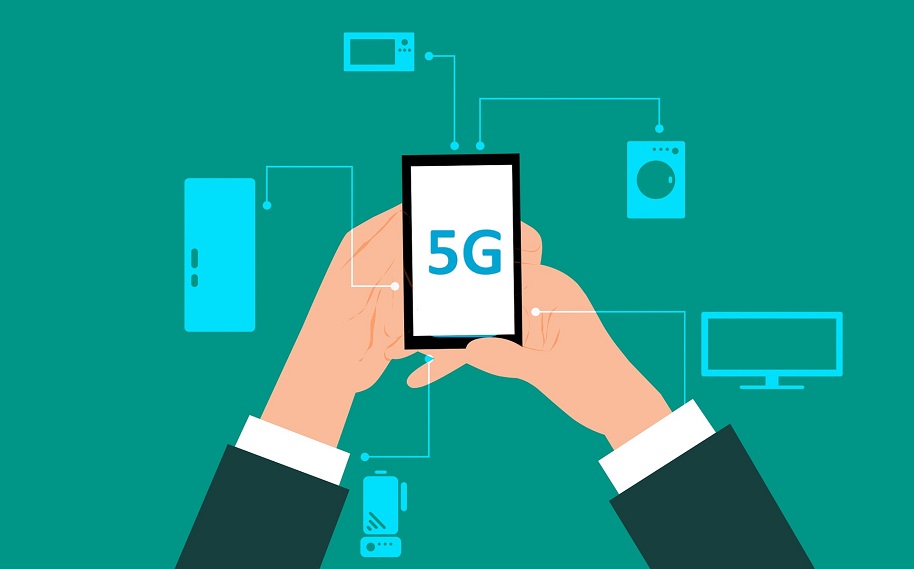'Strong' business demand for 5G could be tempered by network transformation
Gartner says operator focus is on consumer applications

A new survey has suggested that although there is strong business appetite for 5G, adoption may be hindered by a lack of network transformation.
5G networks are set to go live next year, offering gigabit speeds, greater capacity and ultra-low latency. While faster speeds are set to boost mobile broadband services, it is the capacity and latency elements that have many organisations excited about the possible industrial applications.
Gartner found that 66 per cent of organisations want to adopt 5G by 2020, with Internet of Things (IoT) and video the most anticipated applications.
5G potential
Analysts said the IoT excitement was surprising given the current availability of NB-IoT and LTE-M but suggested the prospect of the Industrial Internet of Things (IIoT) is responsible for the enthusiasm.
“5G is uniquely positioned to deliver a high density of connected endpoints — up to 1 million sensors per square kilometre,” said Sylvain Fabre, senior research director at Gartner
However, the initial focus among operators is on consumer broadband services rather than on business services. This means that radio upgrades have been the priority.
Greater capacity and lower latency will be enabled by network densification and new features such as network slicing and edge computing, but these will not be a reality until the mid-2020s at least.
Are you a pro? Subscribe to our newsletter
Sign up to the TechRadar Pro newsletter to get all the top news, opinion, features and guidance your business needs to succeed!
“In terms of 5G adoption, end-user organisations have clear demands and expectations for 5G use cases,” added Fabre. “However, one major issue that 5G users face is the lack of readiness of communications service providers (CSPs). Their 5G networks are not available or capable enough for the needs of organisations.
“In the short to medium term, organisations wanting to leverage 5G for use cases such as IoT communications, video, control and automation, fixed wireless access and high-performance edge analytics cannot fully rely on 5G public infrastructure for delivery.”
Private networks
Gartner predicts that by 2022 half of operators that have completed their 5G rollouts will fail to monetise the changes to their back-end infrastructure because they will not meet the demands from businesses.
One way to overcome this issue could be the creation of private 5G networks for industrial use cases. Some organisations, such as Ocado, have used private 4G infrastructure and unlicensed spectrum in their facilities.
“Private networks for enterprises will be the most direct option for businesses that want to benefit from 5G capabilities early on,” said Mr Fabre. These networks may be offered not only by CSPs but also directly by infrastructure vendors — and not just by the traditional large vendors of infrastructure, but also by suppliers with cloud and software backgrounds.”
The first 5G networks have already gone live in the US, offering Fixed Wireless Access (FWA) broadband and mobile hotspot services, with mobile broadband expected to arrive alongside the first compatible smartphones in 2019.
- Here are the best iPhone deals for Christmas 2018
Steve McCaskill is TechRadar Pro's resident mobile industry expert, covering all aspects of the UK and global news, from operators to service providers and everything in between. He is a former editor of Silicon UK and journalist with over a decade's experience in the technology industry, writing about technology, in particular, telecoms, mobile and sports tech, sports, video games and media.